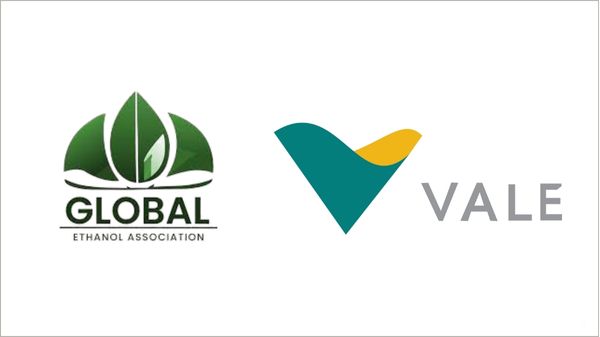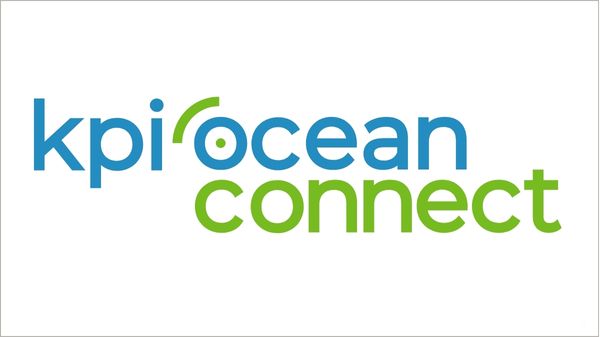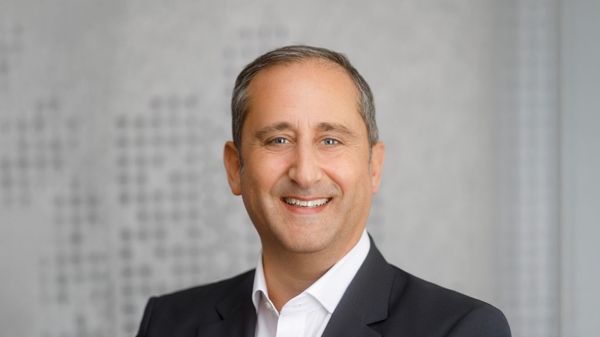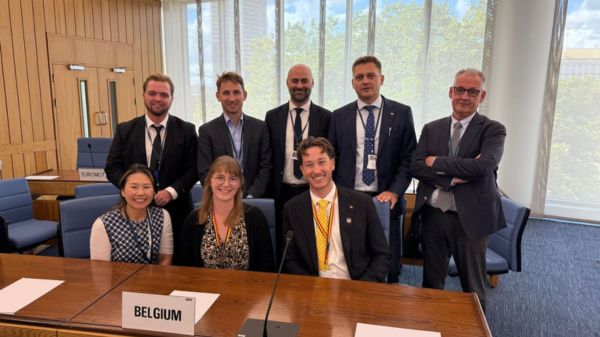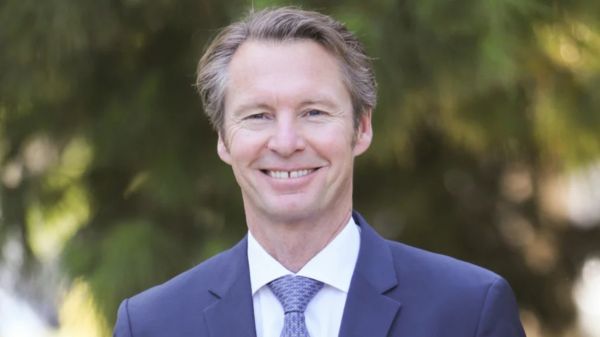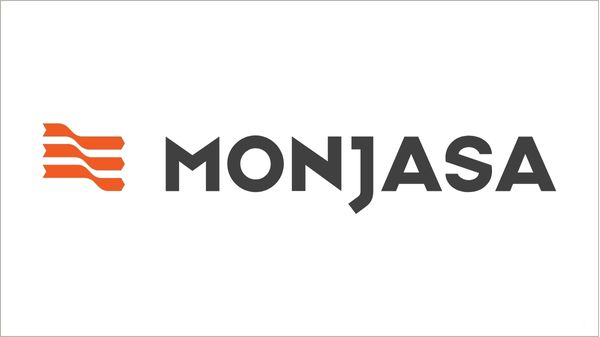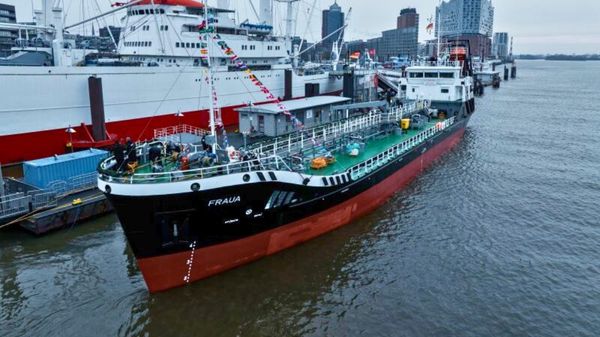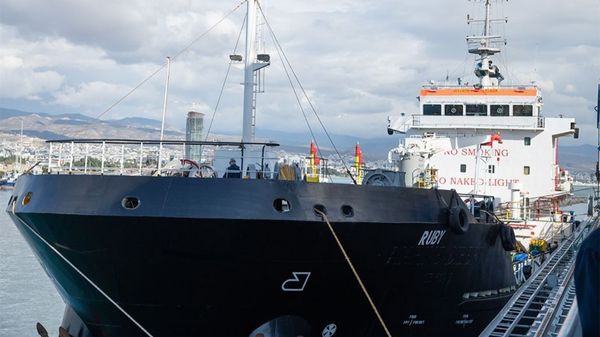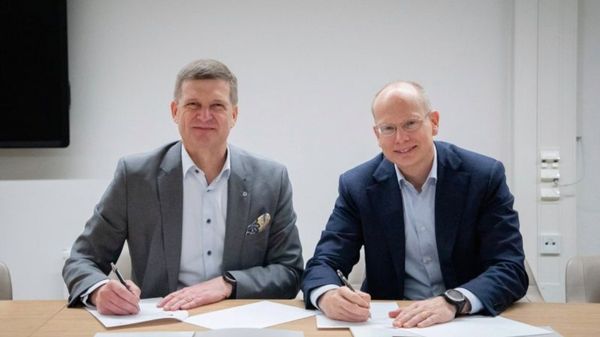The
2010 Annual Marine Propulsion Conference held earlier this month in London, attracted a total of 157 delegates, including 28 shipowner representatives, according to event organizer
Riviera Maritime Media.
This year’s conference was the first time the programme was developed following consultation with an advisory panel of experts drawn from many facets of the industry. The panel consisted of: Duncan Forbes, executive vice president of engineering and technology, Rolls-Royce Marine; Dr Zabi Bazari, ship energy services manager, Lloyd’s Register EMEA; Professor Lars Nerheim, University College of Bergen, Norway; Jan Otto de Kat, head of innovation department, A P Møller-Maersk; Ari Rakkola, senior marine engineer and naval architect, STX Europe; Andrei Ludu, deputy product line manager and head of product management, large engines, AVL List; John Smythe, technologist in the marine and large engine lubricant additive area, Infineum; and Niels Bjørn Mortensen, marine department head, BIMCO.
Seven sessions discussed the conference’s overarching theme of ‘operational challenges facing ship operators today’. Aspects of the industry which were analysed included the economics of energy management, lifecycle costs, condition monitoring and maintenance and fuel quality issues. There was also a strong focus on the future for the sector, with topics such as ‘what the next 10 years hold for industry’, ‘next generation vessels’ and ‘innovations’ being put under the microscope.
The first session brought together five shipowners from differing trades of the shipping industry to present their views on sustainable shipping.
Mark Collins, vice president of engineering at
BC Ferries, advocated all project partners involving themselves in many aspects of vessel building and operation to achieve ‘total mission efficiency’. “Owners are just one source of innovation,” Mr Collins said. “Partners such as equipment manufacturers or naval architects can drive innovation too, and this may result in unexpected synergies.”
Speaking from a tanker owner’s perspective,
Jamal Mayahi,
National Iranian Tanker Co’s technical and shipmanagement director, told the conference, “New emissions regulations have raised operational costs by forcing the use of low sulphur fuel and other mitigating alternatives. However, these legislation changes have also ignited and fostered innovations in marine exhaust gas cleaning. The sustainability of scrubbing technology is only possible while the return on investment fits a sound business case and environmental legislation will move these efforts along.”
Mr Mayahi estimated that the cost of retrofitting a scrubber to a 300,000 dwt tanker will be around US$4,000,000. For Suezmax and Aframax tankers, he believes the figure will be around US$2,000,000, and for product carriers, about US$1,000,000.
Norden’s senior vice president and technical department head,
Lars Lundegaard, detailed how the company had implemented a 14-point plan to reduce CO2 emissions from its fleet. This included utilising slide valves, a CASPER system, an alpha lubrication system, Exxon Mobil’s scrape down analysis system, a torque measuring system, a garbage monitoring and reporting system, the Norden/FLAME system and non-oscillating P/V valves. Each vessel’s hull is cleaned every 5 years and each propeller every 6 months. Norden has also enacted frequent control and service of turbochargers, scavenge air coolers, fuel pumps and injection. “In 2009 the 14-point plan resulted in a 3.3 per cent reduction of CO2,” Mr Lundegaard reported.
In session two,
Aalborg Industries’ research and development technical manager,
Olav Knudsen, advocated the use of exhaust gas scrubbers. “We are in the process of retrofitting a scrubber system on the DFDS ferry, Tor Ficaria. In fact it is the world’s largest scrubber on board a vessel to date,” he said. “The vessel’s funnel had to be significantly modified, and the system will be able to switch between scrubbing with fresh water and sea water. We believe the payback time for a system of this type will be around one to one and a half years.”
During the third session,
Rolls-Royce Marine’s senior vice president,
Halvard Hauso, updated the conference on the latest development from the company, the Hybrid Shaft Generator (HSG), which he claims could lead to significant fuel savings.
“It is an advanced power electric system for conditioning the power coming from a shaft generator, so that the switchboard sees a constant voltage and frequency, and the correct phase angle to match other generator sets running in parallel,” explained Mr Hauso. “This opens the way for much more flexible use of engine and propeller speed variations to maximise both propeller and engine efficiencies by running them at their design points.” In addition, the HSG can control the shaft generator to enable it to act as a motor, feeding power into the propeller. According to Rolls-Royce, the concept could gain a fuel saving of between 5 and 8 per cent, as well as reducing CO2 and NOx emissions.
During the fourth session,
Øyvind Toft, technical support manager at BW Fleet Management, detailed how five Norwegian shipmanagers (Grieg Group, Wilh Wilhelmsen, Thorvald Klaveness Group, Høegh Fleet Services and BW Group) have formed a joint project to explore practical ways to improve ship energy conservation. According to Mr Toft, the scope of the Energy Management in Practice programme is “to develop improved practices for energy management and to identify aids to support decisions”. The technical programme consists of three main parts: establishing energy profiles, evaluating of performance monitoring systems and training. The programme includes studies as well as tests on board ships including speed logs, flow and power measurement systems, weather data and data processing and information systems. The project starts in March 2010.
Sulphur emission regulations are affecting machinery performance, argued OW Bunker’s technical director,
Stephen Kortegaard, in his presentation. “Due to the low viscosity of low sulphur products, equipment such as fuel pumps might suffer excessive wear problems and subsequently be damaged,” he said. “Auxiliary engines designed for heavy fuel oil operation might also face problems with the fuel equipment and the discrepancy between sulphur content and lube oil alkalinity. OW Bunker recommends that shipowners and operators consult their lube oil suppliers as the BN should correspond to the new fuel conditions.”
Day Two
Beginning day two,
Tiedo Vellinga, the director of environmental monitoring at the Port of Rotterdam, detailed how the port is part of the World Ports Climate Initiative’s
Environmental Ship Index project. The ESI is a voluntary system which identifies seagoing ships that go beyond the current standards in reducing air emissions. It compares a vessel’s NOx, SOx and CO2 emissions with baselines based on IMO requirements.
IMO’s chemical and air pollution prevention section head,
Eivind Vagslid, previewed the MEPC 60 meeting, set for March. Making the proposed Energy Efficiency Design Index and the Ship Energy Efficiency Management Plan will be discussed. Market based instrument feasibility for reducing emissions and the methodology and criteria of this proposal’s impact studies are also on the agenda. The MEPC’s work programme for 2010 will include possibly two intersessional greenhouse gas workgroups, one dedicated to technical and operational means of emissions reduction and the other to market based instruments.
In the sixth session,
David Surplus, managing director of B9 Shipping, presented an example of a wind powered vessel.
Superyacht Maltese Falcon has had a freestanding and free-rotating Dyna-rig sailing rig installed aboard. “Unlike traditional square rigged sailing ships the sails furl away inside the mast,” said Mr Surplus. Biogas produced by the anaerobic digestion of food waste can also be used to power this hybrid vessel.
Tanker owners
Laurin Maritime and
Marinvest have instigated a joint study to investigate possible improvements in the field of hull, propulsion and machinery design in order to make ships more energy efficient. Laurin Maritime’s project manager,
Bengt-Olof Petersen told the conference, “Many ships are badly designed, as shipyards are mainly production oriented. Shipowners must involve themselves in the early design phase – we can design much better ships by just using existing technologies.”
The final session saw the introduction of the
engine forum, which allowed representatives from a number of engine manufacturers to present their current innovations to the conference. P Jaime Tetrault, Caterpillar Marine Power Systems’ global customer support director advised delegates that due to current and forthcoming emissions regulations, “Engine manufacturers must be prepared to design and develop products that can operate on a wide range of fuels from heavy fuel oil to low sulphur marine diesel oil.” Mr Tetrault detailed an example of a containership operator which had sustained major engine damage as a result of fuel quality. The problem was traced to high calcium and zinc levels in the marine diesel oil.
MAN Diesel’s Peter Dan Petersen advocated using LNG as a fuel, which could reduce CO2 emissions by 30 per cent. He believes a dual-fuel system mitigates the potential issues with LNG for vessels other than LNG carriers, such as the logistics of LNG supply and LNG tank sizes and locations on board.

